Microsoft Foldable Keyboard Review
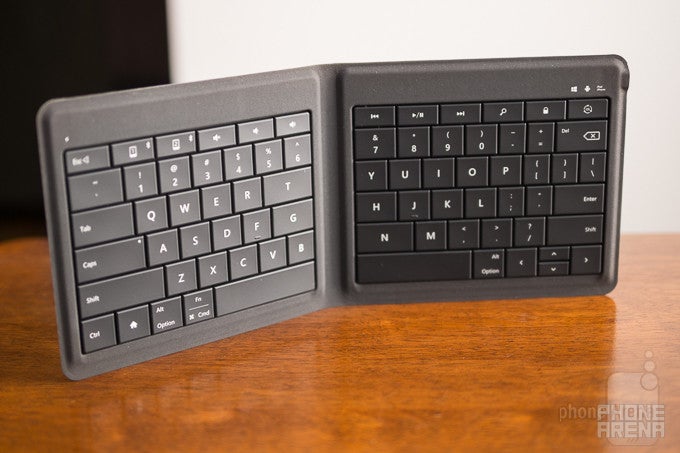
Introduction
Branching out further into the consumer electronics space, Microsoft has seen a great deal of transformation over the course of the last few years. No longer are they just a software company, moving deeper into the hardware space as well. During this most recent Mobile World Congress, the company made its intentions clearer by slapping its name on Nokia’s Lumia line of smartphones. On top of that, we were introduced to the Microsoft Foldable Keyboard – a uniquely designed keyboard that the company takes pride in being compatible with not only Windows-based products, but Android and iOS too.
The package contains:
- Microsoft Foldable Keyboard
- microUSB cable
- Product guide
- Limited warranty information
Design
Right from the onset, it’s plainly obvious that there are Microsoft influences in the design of this particular keyboard. In fact, it follows similarly to its line of Touch and Type keyboards for its Surface tablets. That’s profoundly true due to its incredibly thin construction and choice of materials. For a keyboard with a full QWERTY layout, it manages to cram everything into a compact package because of its foldable design – one that collapse right through the middle of the keyboard.
With this particular design implementation, the entire thing is able to fit into a square shaped thing with a slim 0.45-inch profile! Not only is it razor svelte, but it’s also light enough to feel inconspicuous when it’s being carried around. Quite frankly, we love its portability, enabling it to occupy minimal space in a backpack or something.
Its resemblance to the Type keyboards for the Surface is direct, as it sports the same fabric-like outer material and chicklet style keys. Better yet, it features a spill-resistant design that safeguards it from minor accidents – such as spilling your drink because of the lack of sleep from the night before. In that regard, it’s a quality that we don’t see in other similar, portable keyboards in the market right now. And surprisingly enough, too, we have little worry in the unfortunate event it’s dropped by accident. The combination of it being lightweight and skinny does nicely to mitigate any damage.
Held together by a magnetic connection, the keyboard stays firmly shut and intact when it’s not being used, and at the same time, it’s smart enough to power down – and vice versa, power on when it’s opened up. Fully exposed, we’re greeted to a full QWERTY layout that’s found in any other keyboard. Going beyond that, though, it’s able to accommodate directional keys, a useful home button, media controls, and dedicated buttons to effortlessly switch between two devices.
Just like the Type keyboard for the Surface tablets, this keyboard relies on evenly flushed chicklet styled keys, which is warranted in order to keep its skinny figure. While there’s no spacing whatsoever between keys, there’s still enough travel and tactility when they’re pressed – ensuring that it’s not too sensitive to our liking.
Connectivity
Relying on its Bluetooth 4.0 connection, the Microsoft Foldable Keyboard is placed into pairing mode when it’s used and powered for the first time. Alternatively, we can place it into pairing mode by merely long-pressing and holding down either of the two pairing buttons on the keyboard. Connecting it with an iPhone 6 Plus, we’re required to type in a series of numbers on the keyboard when the connection is first established for verification.
Generally speaking, we’re able to maintain a connection up to 25 feet before noticing any degradation or intermittent problems with the connection. At the same time, too, we really appreciate that it can be set up to work with two devices. Therefore, we’re able to connect it with our smartphone while on the road – and then to our desktop PC at home. Rather than reestablishing the setup process each time, it’s great that it can remember the two connections.
Performance
Our biggest concern using the Microsoft Foldable Keyboard when we first got it was the potential for confusion due to its particular layout. Seeing that it’s split right down the middle, it makes for an awkward typing experience – more so when some letters along the split are spaced out wider than the rest.
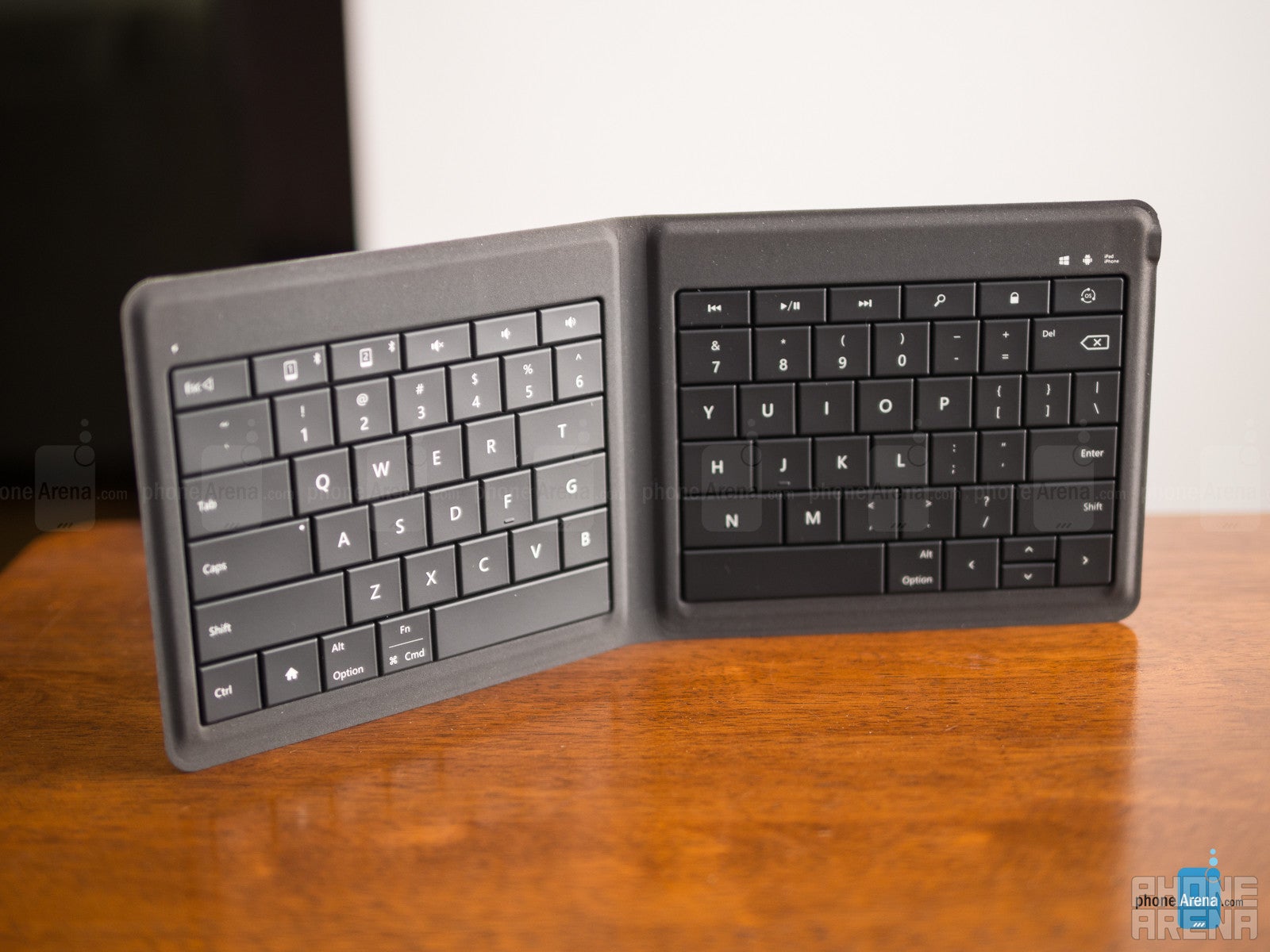
Using it with the iPhone 6 Plus, however, we need to point out that the on-screen keyboard is inaccessible while the keyboard is connected. Knowing that, you’ll just need to be more mindful about using the keyboard for all typing. And unlike some other portable keyboards, this is usable for all sorts of occasions – including it being placed on our lap for typing. It’s untethered, which makes it more versatile, so it’s not confined to a specific case use.
Battery
Microsoft makes the bold claim of its keyboard achieving up to 3 months of battery life from a single charge. Well, after using it intermittently for over 2 weeks, it’s still chugging along with no foreseeable indications that its battery is running low. In the event that happens, all that’s necessary is connecting the microUSB port to charge its battery. Come to think about it, we’re impressed that it even houses a battery considering its compact size and razor thin profile!
Conclusion
With a stunning design and a typing experience that’s acquired, the Microsoft Foldable Keyboard undoubtedly serves its purpose in being an excellent portable keyboard. Thinking about it more, this is undeniably one of the more satisfying experiences we’ve encountered with portable keyboards. Blending style and function, it clearly boasts the qualities that’ll keep your fingers busy on the road.
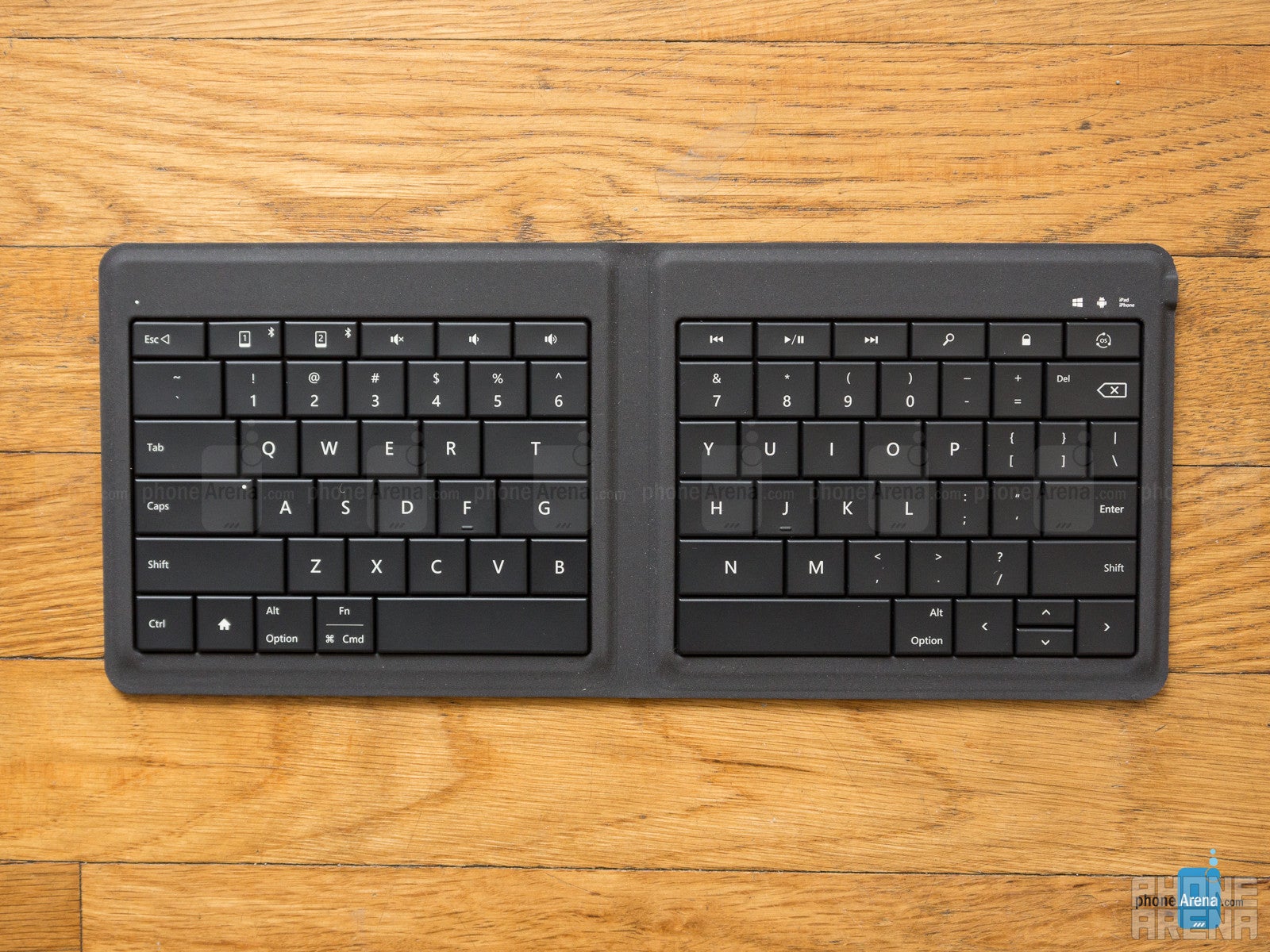
Regardless, if you feel comfy enough to shell out $100 without feeling too pinched afterwards, you won’t be disappointed by this versatile keyboard. In a way, the end purpose might seem simple, but Microsoft is able to deliver a unique design and experience that’s practical to use in all sorts of scenarios.
Follow us on Google News

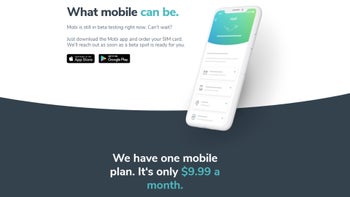




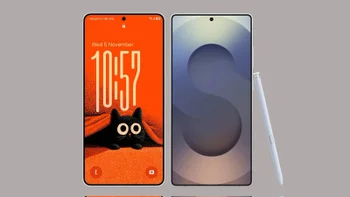
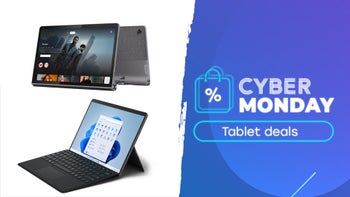

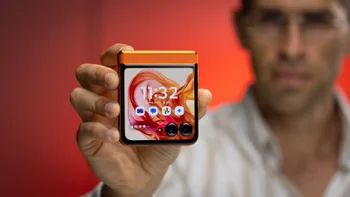
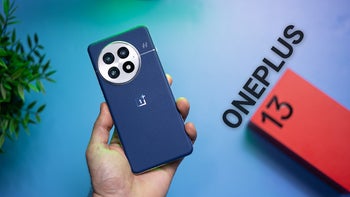
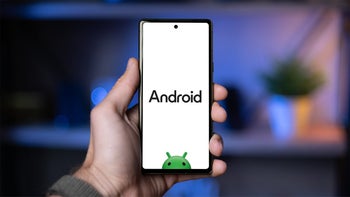
Things that are NOT allowed:
To help keep our community safe and free from spam, we apply temporary limits to newly created accounts: